How Morrisons are supporting farmers to plant trees
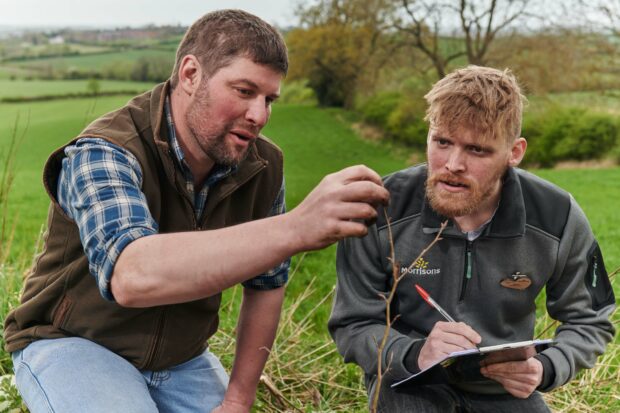
...that are hand in hand with carbon sequestration on the farms that supply us. We also wanted to work in partnership - connecting people and signposting to existing advice and...

...that are hand in hand with carbon sequestration on the farms that supply us. We also wanted to work in partnership - connecting people and signposting to existing advice and...

...Biology Letters, shows that moth pollen transport networks are larger and more complex than networks for daytime pollinators. So what can we all do to help moths, especially the species...
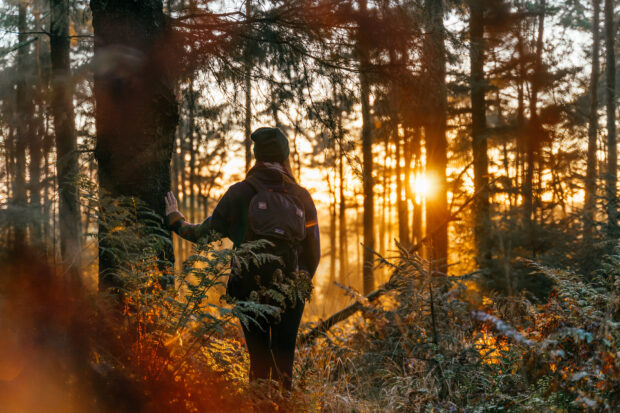
...autumn progresses, this layer will produce enzymes that methodically break down the cell walls that anchor each leaf to its branch. Eventually, even a gentle breeze will be enough to...
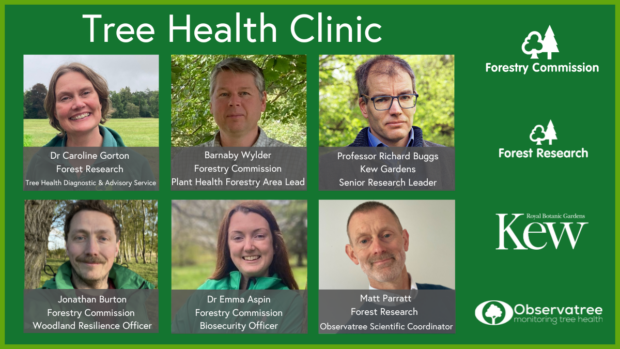
...place, and by migrating (slowly). We have the option to practice using European natives that would naturally spread with climate. Jonathan What is the biggest disease threat to UK trees...
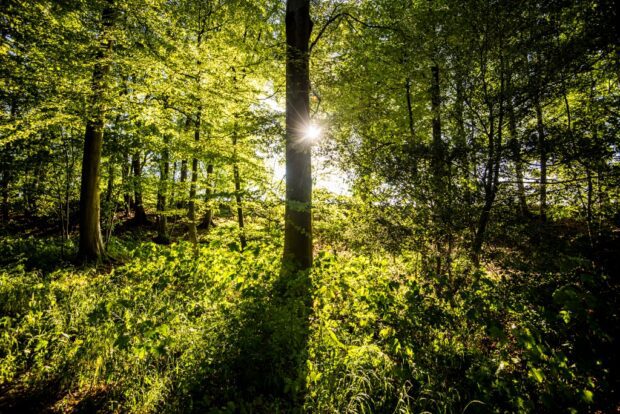
...Data collated over the past 12 months, as well as the most recent decade were compared to long term climate records. The report confirmed that the UK’s climate is already...
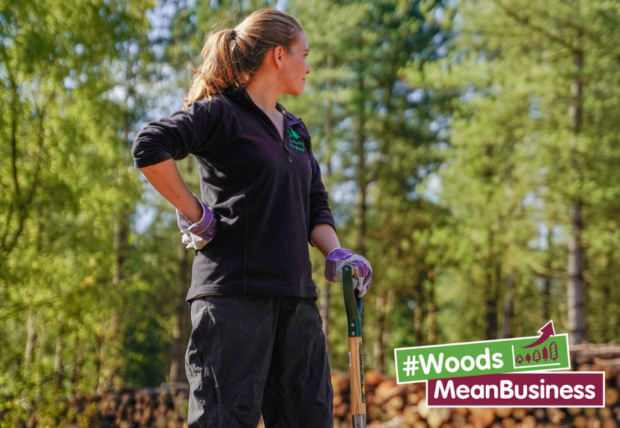
...live in, that keep us warm, that make up our clothing and even toothpaste – let alone where it all came from and the huge range of thriving businesses that...
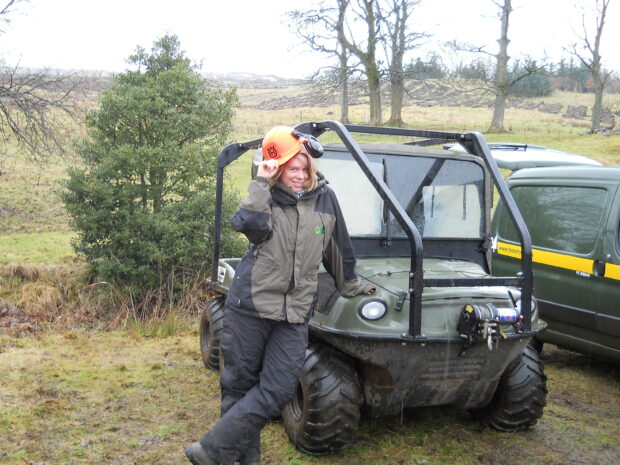
...4-year-old daughter will proudly tell whoever listens that she ‘wants to be a forester’ when she grows up – something I never heard at that age. I hope that if...
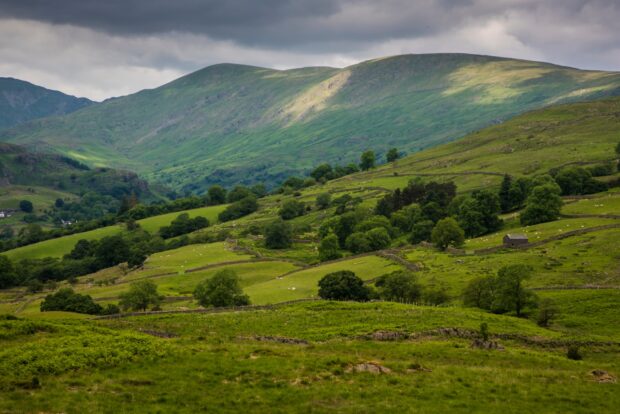
...not surprisingly, reflected on changes in the landscape. Perhaps that is obvious but it is worth considering. In looking at landscape change, psychologists have suggested that we revert to the...
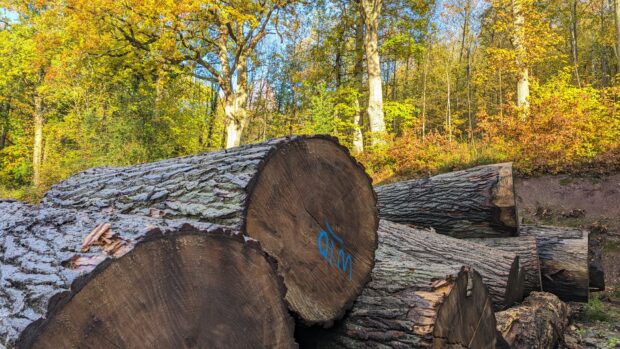
...productive woodlands. What is wood culture? Wood culture is a connection between people and woodlands. It draws on our ancient understanding of trees and timber, building on skills of the...
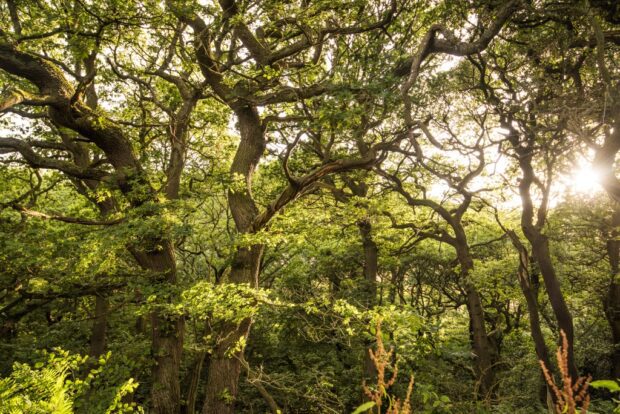
...we face today, as well as what we were doing to act and respond to them. At that time none of us had any idea that one of the biggest...